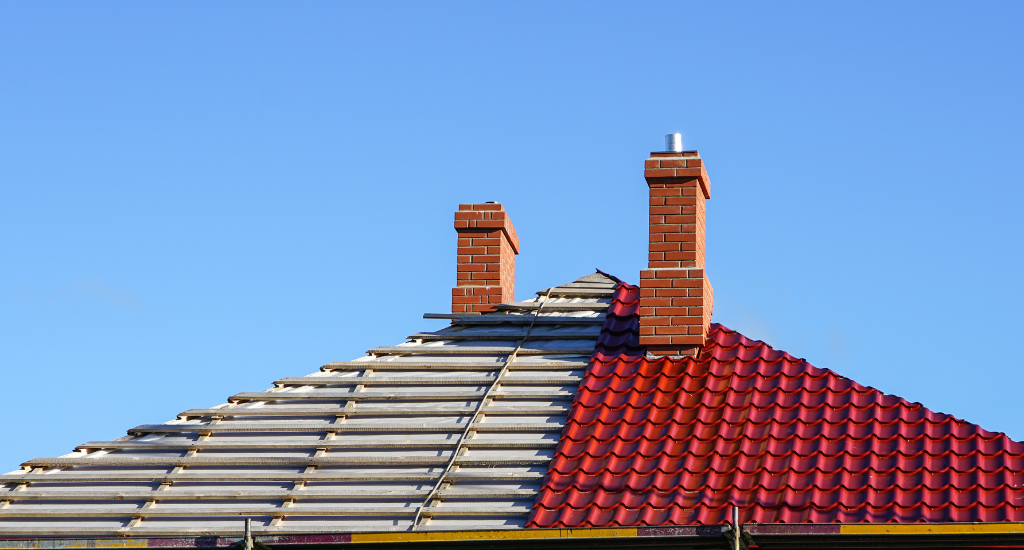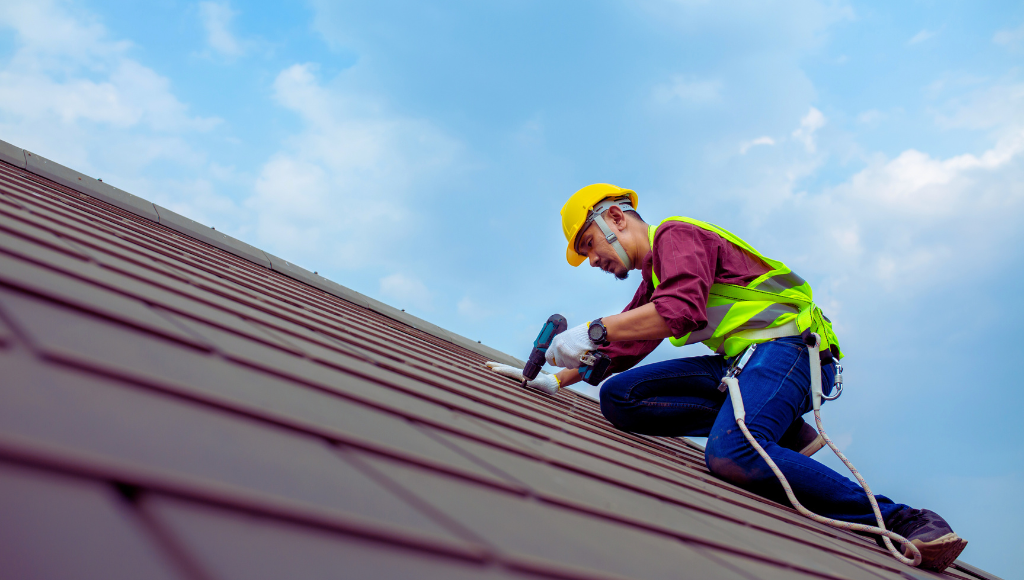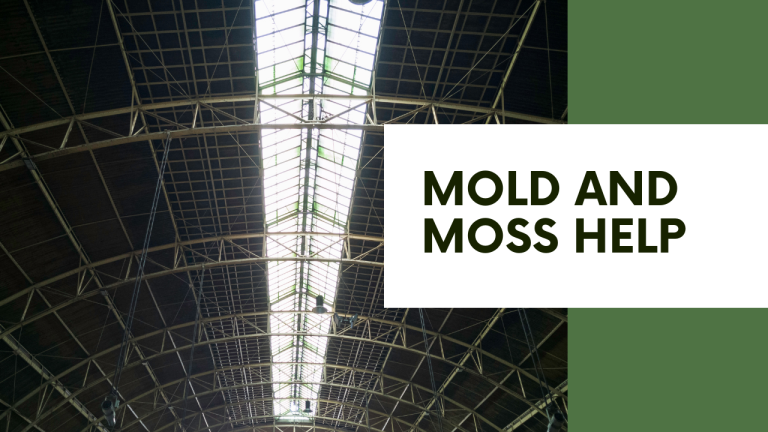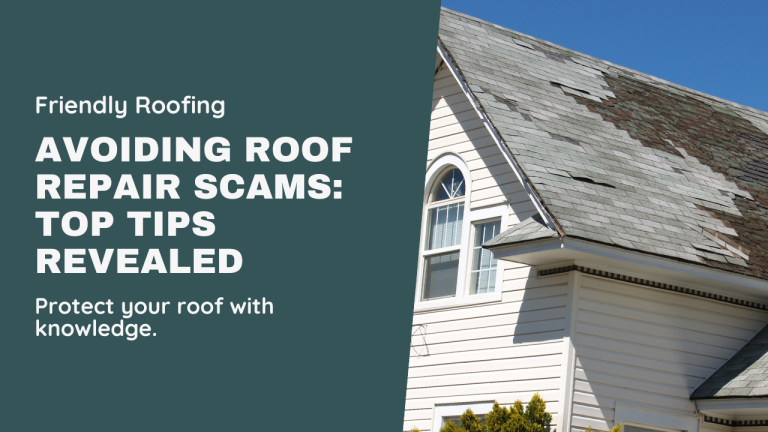Historic buildings stand as testaments to our past, preserving architectural and cultural heritage for future generations. One of the critical aspects of maintaining these structures is ensuring the integrity of their roofs. Historic building roof repair requires a delicate balance between preserving the original character of the building and implementing necessary repairs to ensure structural stability and longevity.
In this article, we will explore the 10 essential considerations for historic building roof repair you must know before getting started with the roof repair work. So, lets start without any further delay!
Understanding the Historic Significance
Preserving historic buildings is not just about maintaining physical structures; it is about safeguarding the stories and memories embedded in these architectural marvels. When embarking on a roof repair project for a historic building, it is crucial to understand the building’s historic significance. This involves researching the building’s history, identifying its unique architectural features, and recognizing the materials and construction methods used during its original construction.
By gaining a deeper understanding of the historic significance of the building, preservationists and contractors can make informed decisions during the repair process. They can prioritize the preservation of original materials and techniques, ensuring that the building’s authenticity and character are maintained.
Assessing the Roof Condition
Before any repair work can begin, a thorough assessment of the roof’s condition is essential. This involves conducting a detailed inspection to identify any signs of damage, deterioration, or structural weaknesses. The assessment should also aim to determine the root causes of the issues, such as water infiltration, poor ventilation, or structural settlement.
By understanding the current condition of the roof, preservationists can develop a targeted repair plan that addresses the specific needs of the historic building. This assessment serves as the foundation for the repair project, guiding decisions on repair techniques, materials, and priorities.
Selecting Appropriate Repair Techniques
When it comes to historic building roof repair, one size does not fit all. Preservationists must carefully consider the repair techniques that will be used to ensure that they are appropriate for the building’s historical context. This may involve a combination of traditional and modern repair methods, with a focus on preserving the building’s original materials and construction techniques.
Preservationists should also consider the compatibility of the repair techniques with the historic building’s construction. By selecting appropriate repair techniques, they can ensure that the repairs are effective, long-lasting, and sympathetic to the building’s historic character.
Addressing Structural Integrity
The structural integrity of a historic building’s roof is paramount to its overall stability and longevity. Preservationists must evaluate the structural soundness of the roof system, identifying any weaknesses or deficiencies that may compromise its integrity. This may involve reinforcing or replacing structural components, such as beams, trusses, or rafters, to ensure that the roof can support its own weight and withstand external forces.
By addressing structural integrity issues during the roof repair process, preservationists can safeguard the building against potential collapse or damage. This proactive approach helps to preserve the historic building for future generations to enjoy.
Maintaining Historic Aesthetics
One of the most challenging aspects of historic building roof repair is maintaining the building’s historic aesthetics. Preservationists must strive to preserve the original design and appearance of the roof, ensuring that any repairs are in keeping with the building’s architectural style and character.
This may involve matching the color, texture, and pattern of the historic materials used in the roof’s construction. Preservationists may need to source specialized roofing materials or work with skilled craftsmen to replicate the original features of the roof accurately. By maintaining historic aesthetics, preservationists can ensure that the building retains its unique charm and authenticity.
Ensuring Proper Ventilation and Insulation
In addition to structural integrity and aesthetics, preservationists must also consider the importance of proper ventilation and insulation in historic building roof repair. Improving energy efficiency and moisture management without compromising the building’s historic character is essential.
Preservationists must strike a balance between meeting modern building codes and preserving the historic fabric of the building. This may involve incorporating discreet ventilation systems, using eco-friendly insulation materials, and implementing moisture control measures that are compatible with the building’s construction.
Incorporating Sustainable Practices
Sustainability is a key consideration in modern construction and preservation practices. When it comes to historic building roof repair, preservationists should explore sustainable repair materials and methods that minimize environmental impact while preserving the building’s historic integrity.

This may involve using reclaimed or recycled materials, implementing energy-efficient solutions, and minimizing waste during the repair process. By incorporating sustainable practices into historic building roof repair, preservationists can ensure that the building remains a sustainable and environmentally friendly asset for future generations.
Navigating Regulatory Compliance
Preserving historic buildings often involves navigating a complex web of regulations and guidelines aimed at protecting these valuable assets. Preservationists must understand local historic preservation laws, building codes, and regulations to ensure that their repair work complies with legal requirements.
Obtaining necessary permits and approvals for historic building roof repair is essential to avoid potential fines or legal challenges. Preservationists should work closely with preservation authorities, building inspectors, and other stakeholders to ensure that their repair work meets all regulatory requirements.
Budgeting and Funding Considerations
Historic building roof repair can be a costly endeavor, requiring careful budgeting and financial planning. Preservationists must estimate the costs of the repair project, taking into account materials, labor, permits, and other expenses.
Exploring funding sources, grants, and tax incentives can help offset the costs of historic building roof repair. Preservationists should develop a comprehensive budget and timeline for the repair project, ensuring that they have the financial resources needed to complete the work successfully.
Maintenance and Ongoing Care
Once the historic building roof repair is complete, the work is not over. Preservationists must implement a regular inspection and maintenance program to ensure that the roof remains in good condition over time.
Training building owners and managers on proper care and upkeep is essential to prolonging the life of the roof and preserving the historic building for future generations. By investing in ongoing maintenance and care, preservationists can ensure that the historic building’s roof remains a durable and functional asset for years to come.

In conclusion, historic building roof repair is a complex and challenging endeavor that requires careful planning, expertise, and attention to detail. By considering the 10 essential considerations outlined in this article, preservationists can ensure that their repair work is effective, sustainable, and sympathetic to the historic character of the building. Through thoughtful preservation efforts, we can safeguard our architectural heritage and ensure that historic buildings continue to inspire and delight for generations to come.




